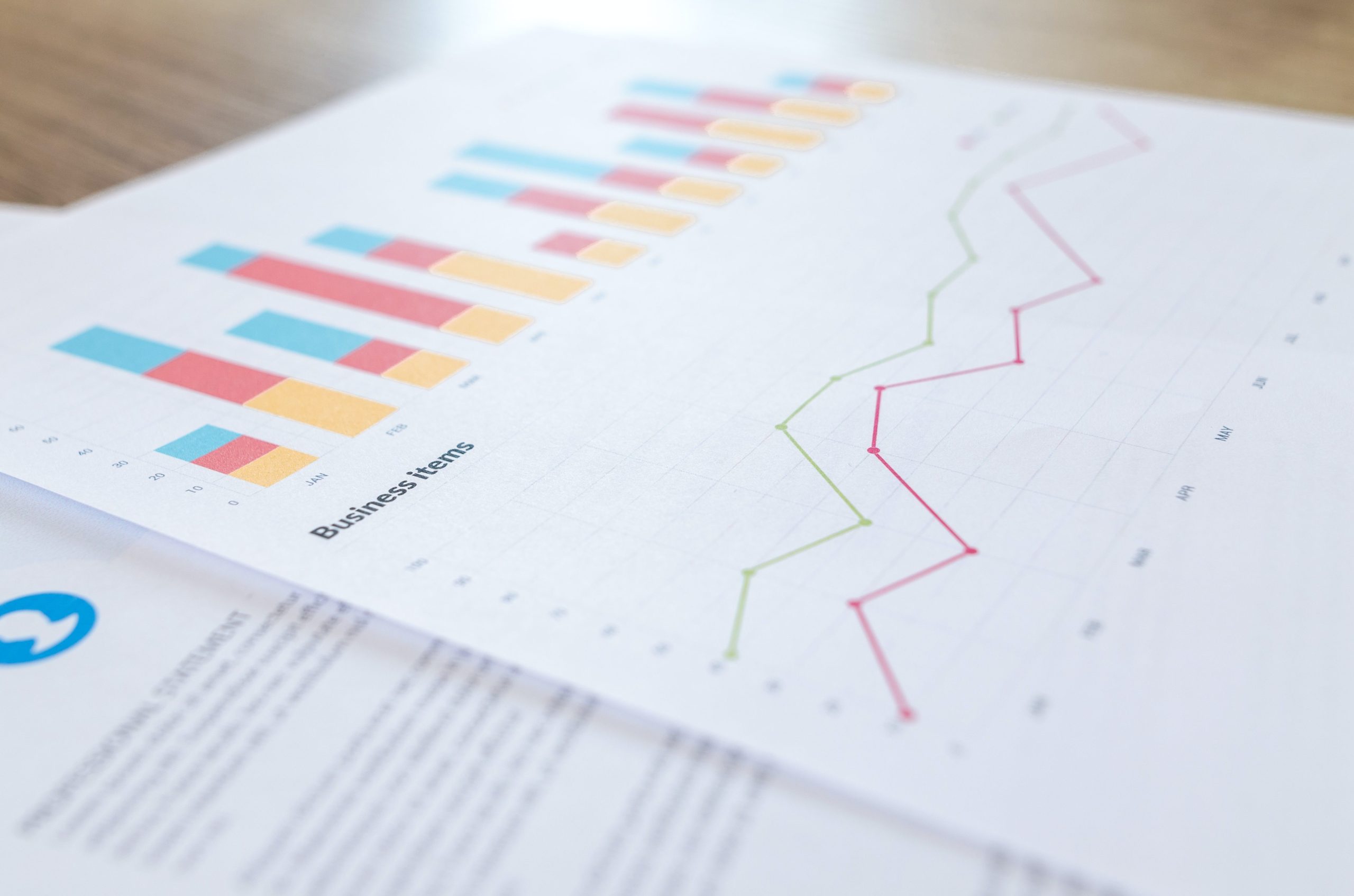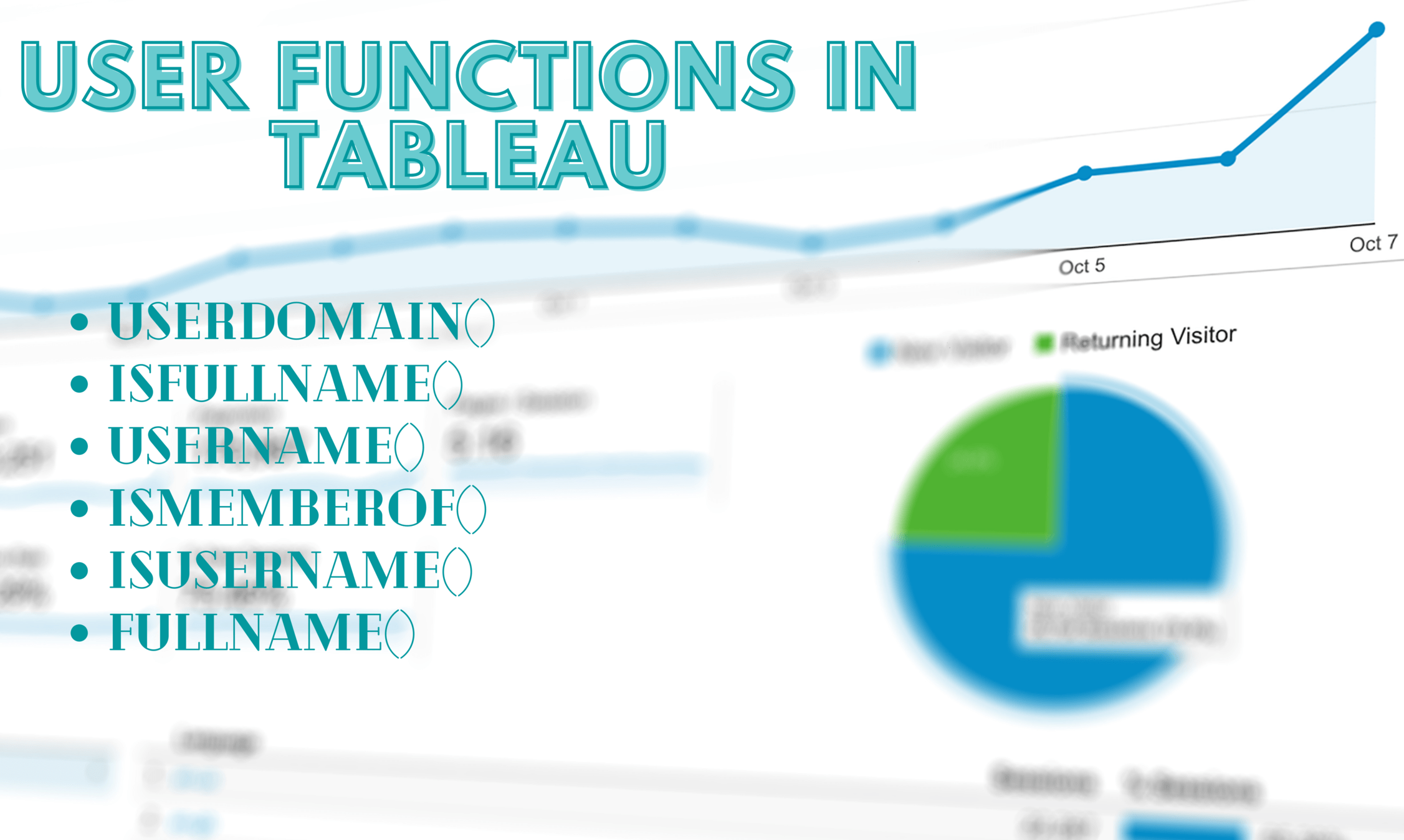Blending and Joining in Tableau
In this blog let us discuss about “Blending and Joining in Tableau”. The primary goal that Tableau promotes is that it is the best way to convert or modify a basic set of data into an easily accessible format with no technical or coding experience. It is a robust and quickest increasing data visualization application used in the Business Intelligence Industry. It assists in compressing raw data in a very readily understandable format.
Tableau helps build the data experts can comprehend at any level in a business. The best part of using it is that it allows non-technical users to construct customized dashboards. Tableau’s goal is to revolutionize how people think about and analyze data. That’s why there is a growing need for a Tableau Certification Training Course in the IT business.

Meanwhile, Relationships are a dynamic, flexible approach to merging data from various tables for analysis. So, there is no need to combine types for relationships, so Venn diagrams exist when it’s developed. To understand more clearly, the relationship is a contract between two tables. Whenever we build a viz with fields from these tables, Tableau draws in data using that contract to query the relevant joins. Joins are a much more rigid technique to integrate data. Joins should be defined between actual tables upfront, before evaluation, and can’t be modified without affecting all spreadsheets using that data source. Joined tables are always integrated into a single table. As a result, occasionally, joined data is missing mismatched entries or duplicates aggregated values.

Furthermore, when you construct a data source, it has two layers. The uppermost layer is also considered the logical layer for data. We must combine data between tables on the logical layer utilizing relationships. The next layer is the physical layer of the data source. We must merge data between tables at the physical layer using joins. A data source has two layers when it is created. The logical level of the data source is the topmost part. In the logical layer, we must use relationships to aggregate data from different tables. The physical layer of the data source is the next. At the physical layer, we must use joins to merge data from several databases. Moreover, you should not forget that Tableau will only perform an automatic join if it discovers identical variables with the same names. If the matched parameter doesn’t have similar field names, we’ll have to add the Join condition manually.
In conclusion, Tableau links and extracts data from a variety of sources. It can get data from any platform you can think of. Tableau can extract data from a simple Excel or a complex database like Oracle and databases in the cloud-like Amazon Web Services, Microsoft Azure SQL database, Google Cloud SQL, and various other data sources. It has many methods for securing data without scripting, one of its advantages. Row-level security and permission are built-in security measures. While working with big data is one of the best. One can determine the variances and patterns using built-in capabilities such as data blending and drill-down.
Learn more about jobs in the data market: https://statusneo.com/5-key-skills-to-find-job-in-big-data-market/
Add Comment
You must be logged in to post a comment.







